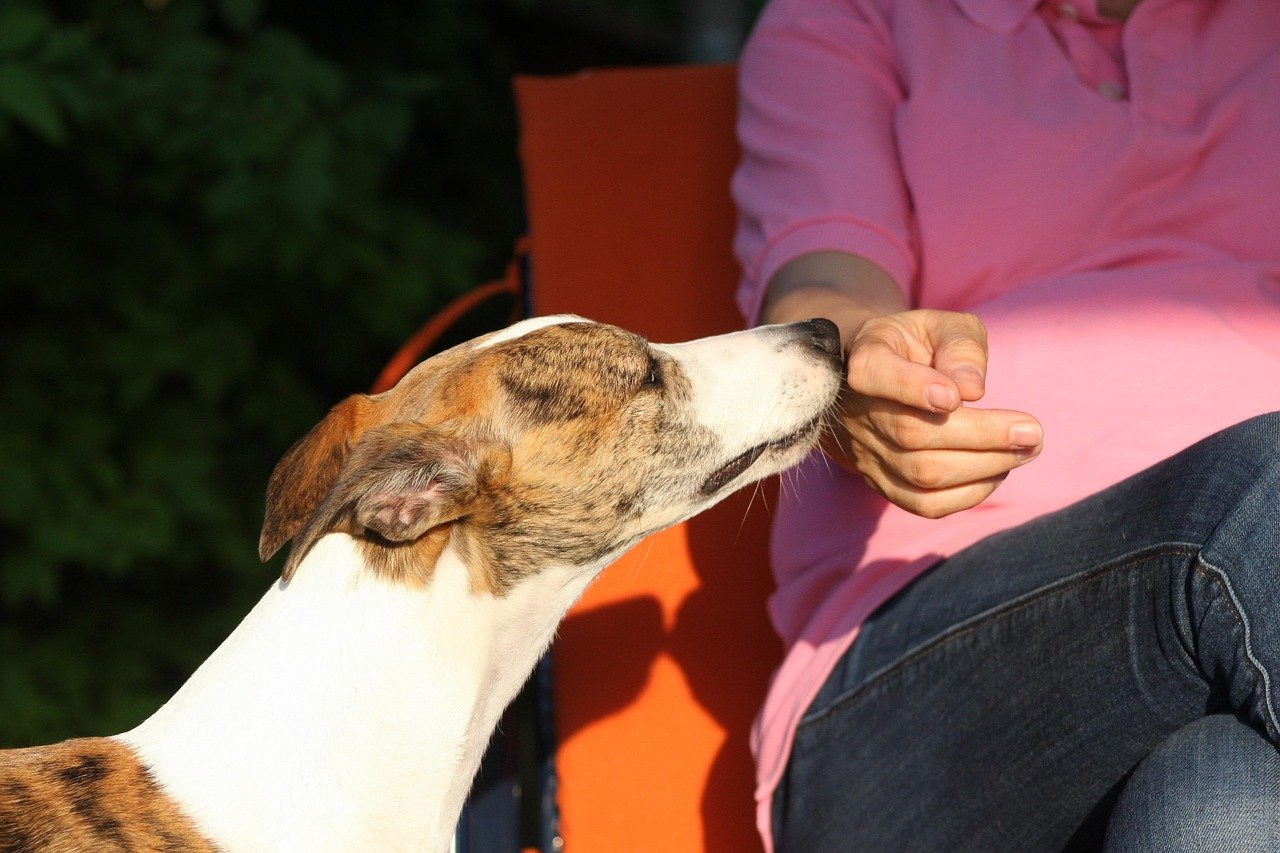Have you ever wondered what it feels like for a dog to be uprooted from everything familiar and placed in a new environment? Imagine the whirlwind of emotions a newly adopted dog experiences. This is where the 3-3-3 rule comes into play—a guideline that offers a beacon of hope and stability for both the dog and the new owner. It’s not just a rule; it’s a lifeline for building trust and understanding. As you read on, you’ll discover why this rule is a game changer for anyone welcoming a furry friend into their home.
Understanding the 3-3-3 Rule
The 3-3-3 rule is a simple yet powerful concept designed to ease the transition for an adopted dog. It outlines the stages of adjustment that a dog typically goes through in the first three days, three weeks, and three months after adoption. Think of it as a roadmap to help your new pet navigate the complexities of their new world. This rule is crucial because it sets realistic expectations and helps you understand the emotional journey of your new family member. By respecting this timeline, you’re not only nurturing your dog’s well-being but also fostering a lasting bond.
The First 3 Days: Surviving the Initial Shock
The first three days in a new home can be overwhelming for a dog. Imagine being taken from a familiar place and thrust into a completely new environment. During this time, dogs often feel scared, overwhelmed, and unsure of what’s happening. They might hide, refuse food, or even display signs of stress. It’s essential to give them space and allow them to explore at their own pace. Patience is key here; let them sniff around and get acquainted with their surroundings. Your calm presence will reassure them that they’re safe and loved.
The First 3 Weeks: Settling In

As the days turn into weeks, your dog will start to settle in. This period is all about building trust and establishing a routine. Dogs thrive on consistency, so try to maintain regular feeding, walking, and playtimes. You’ll begin to notice changes in their behavior as they become more comfortable. They might start seeking attention, wagging their tails more, or showing interest in play. This is a crucial time to reinforce positive behaviors and encourage interaction. Think of it as laying the foundation for a trusting relationship.
The First 3 Months: Gaining Confidence

By the end of three months, most dogs will have adjusted to their new home. This is when their true personality begins to shine. They’re more confident, relaxed, and eager to be part of the family. This stage is about deepening the bond between you and your dog. Regular training sessions, socialization with other dogs, and exploring new environments can be introduced. It’s a time to celebrate the progress you’ve made together and look forward to the adventures ahead. Remember, every dog is unique, and some may take longer to adjust.
Why Patience is Paramount
Patience is the cornerstone of the 3-3-3 rule. Every dog is different, and their reactions to new situations can vary widely. Some may adapt quickly, while others take their time. It’s important to respect their pace and not rush the process. Imagine trying to learn a new language overnight—overwhelming, right? The same goes for dogs adapting to a new environment. Offer them love, understanding, and the time they need to feel secure. Your patience will pay off in the form of a loyal and loving companion.
Building Trust Through Consistency

Consistency is the thread that weaves trust between you and your adopted dog. Dogs find comfort in predictable routines and familiar faces. By establishing consistent habits, you’re sending a message of reliability and safety. This might mean sticking to a feeding schedule, using the same commands during training, or maintaining a regular walking routine. The more consistent you are, the more your dog will trust you. It’s like planting seeds of trust that will grow into a strong, unbreakable bond.
The Role of Environment and Space

Creating a safe and welcoming environment is crucial for helping your adopted dog adjust. Consider setting up a designated space where they can retreat when feeling overwhelmed. This could be a cozy corner with a bed and some toys. A familiar space acts as a sanctuary, offering comfort and security. Pay attention to their body language—if they seem stressed, give them the space they need. By respecting their need for personal space, you’re showing them that their feelings matter.
Recognizing Signs of Progress
As you navigate the 3-3-3 rule, it’s important to recognize and celebrate signs of progress. These might be subtle changes, like a wagging tail or a playful nudge. It’s easy to get caught up in the challenges, but acknowledging even the smallest victories can boost your morale and strengthen your bond. Keep in mind that progress isn’t always linear; there might be setbacks along the way. The key is to remain patient and supportive, knowing that every step forward is a step towards a happier, more confident dog.
Adapting the Rule to Fit Your Dog
While the 3-3-3 rule provides a general framework, it’s essential to adapt it to suit your dog’s unique needs. Some dogs might need more time to adjust, while others might breeze through the stages. Pay attention to their cues and be flexible in your approach. If your dog is struggling, consider seeking advice from a professional trainer or behaviorist. Remember, the goal is to make the transition as smooth and stress-free as possible. By being attentive and adaptable, you’re setting the stage for a happy and harmonious relationship.
In conclusion, the 3-3-3 rule is more than just a guideline; it’s a compassionate approach to understanding and supporting your newly adopted dog. By embracing patience, consistency, and adaptability, you’re not only helping your dog adjust but also nurturing a bond that will last a lifetime. Are you ready to embark on this rewarding journey with your furry friend?
Jen is a passionate nature lover and ocean conservationist. She has dedicated her life to protecting the environment and preserving the beauty of the natural world. Growing up in a small coastal town, Jen sincerely appreciated the ocean and its inhabitants. She has spent countless hours exploring the shoreline, learning about the creatures that inhabit the waters, and advocating for their protection. Jen is an active member of ocean conservation organizations, and she is committed to educating the public about the importance of conserving wildlife and the natural environment.





